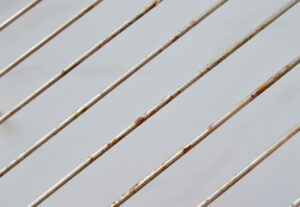A multitude of industries and everyday applications depend on stainless steel for its durability and resistance to corrosion. Among the myriad stainless steel grades available, the debate over “304 vs 316 wire” receives considerable attention. Both 304 stainless steel wire and 316 stainless steel wire have unique properties. This makes them suitable for a wide range of applications. Using their everyday uses as examples, this article explains the differences between the two.
Composition and Basic Differences
Before diving deep into their uses, let’s understand their composition. Both 304 and 316 are part of the austenitic class of stainless steel. This means they’re comprised of a mixture of iron, 18% chromium, and 8% nickel. The significant difference is the addition of molybdenum in 316 – approximately 2-3%. This might seem like a small variation, but it drastically enhances the resistance of the steel, especially against chloride solutions, making 316 the preferred choice in saline or chlorine-rich environments.
Everyday Applications of 304 Stainless Steel Wire
Home Appliances and Decor: The 304 stainless steel wire, with its excellent formability and weldability, finds its way into many of our household items. This includes everything from kitchen sinks, cutlery sets, to even decorative wire baskets.
Automotive Bodies: While not the primary material, 304 wire is often used in specific parts of automotive bodies, offering both strength and a gleaming finish.
General Wiring: Its resistance to oxidation at high temperatures makes 304 wire an excellent choice for general-purpose wiring, especially in environments where extreme heat is not a concern.
Everyday Applications of 316 Stainless Steel Wire
Marine Environments: Given its enhanced resistance to saltwater corrosion due to the presence of molybdenum, 316 stainless steel wire is the go-to choice for marine applications. From boat fittings to fishing equipment, the use of 316 wire ensures longevity even in salty waters.
Medical Devices: The biocompatible nature of 316 stainless steel makes it ideal for surgical instruments, dental tools, and other medical devices.
High-end Jewelry: 316L, a subtype of 316 stainless steel, is often chosen for jewelry due to its hypoallergenic properties and resistance to tarnish.
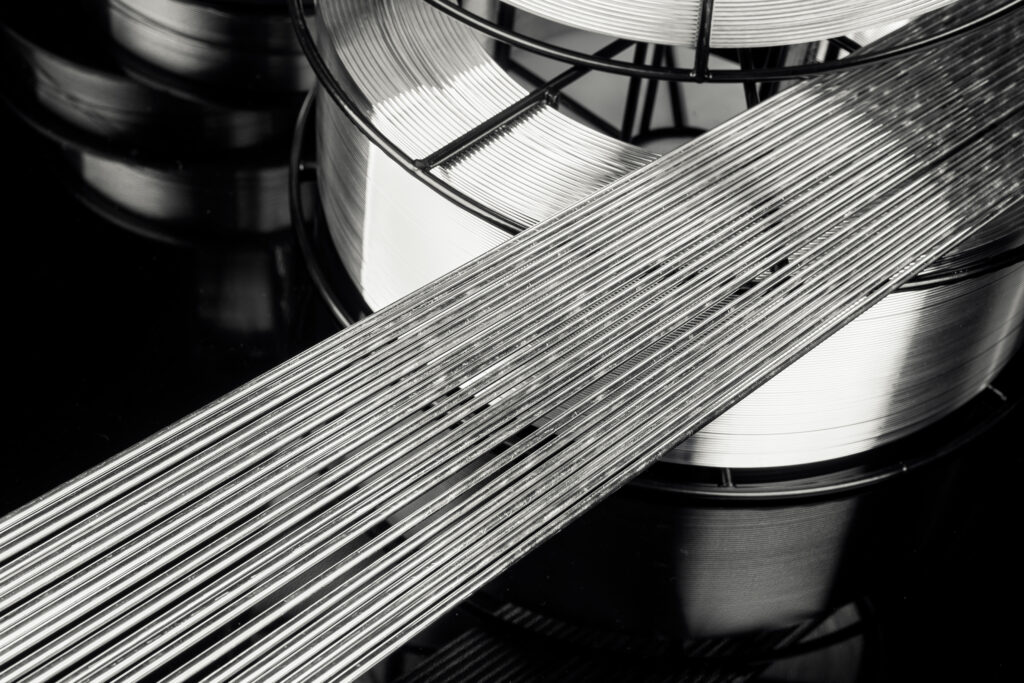
Price Point Consideration
The “304 vs 316 wire” debate also extends to their cost. Given the addition of molybdenum and its heightened resistance attributes, 316 typically comes at a slightly higher price point than 304. For applications where high corrosion resistance isn’t paramount, 304 might be the more cost-effective choice.
Environment and Longevity
While both 304 and 316 stainless steel wires are durable, the environment they’re used in plays a pivotal role in their longevity. In environments with a lot of saline or chlorine, 304 can begin to corrode over time. On the other hand, 316, with its added molybdenum, stands up robustly against such corrosive elements.
Drawbacks
304 Stainless Steel Wire:
Corrosion Vulnerability in Chloride Environments: One of the most significant issues with 304 stainless steel is its vulnerability to pitting and crevice corrosion in environments with high chloride, such as saltwater. This limits its usability in marine or coastal applications.
Temperature Limitations: While 304 stainless steel is resistant to oxidation, its resistance diminishes in higher temperature settings above 800°F (425°C). This can be a concern in high-heat applications.
Not Fully Non-magnetic: Although 304 stainless steel is usually non-magnetic in its annealed condition, it can become slightly magnetic when cold worked.
Strength: When compared to certain other alloys or tempered materials, 304 stainless steel may not provide the same level of tensile strength.
Cost Fluctuations: As with all stainless steels, 304 can be affected by fluctuations in raw material prices, notably nickel, which can make its cost unpredictable at times.
316 Stainless Steel Wire:
Cost: Due to the addition of molybdenum, 316 stainless steel is generally more expensive than 304. This can be a prohibiting factor for some projects, especially when the enhanced corrosion resistance of 316 is not necessary.
Weight: Stainless steels, in general, are heavier than other materials like aluminum, which can be a drawback in applications where weight is a concern.
Limited High-Temperature Resistance: Like 304, while 316 stainless steel offers resistance to oxidation, this resistance diminishes in environments exceeding 800°F (425°C).
Potential for Staining: While 316 has excellent resistance to general corrosion, in certain aggressive environments, it can still be prone to surface staining or discoloration.
Fabrication Challenges: 316 stainless steel, being tougher and more robust than its counterparts, can be slightly more challenging to machine. Specific tooling and techniques are sometimes required, which can increase fabrication costs.
Not Fully Non-magnetic: Like 304, 316 stainless steel can become slightly magnetic when cold worked.
In the battle of “304 vs 316 wire,” it’s clear that the winner isn’t universal. Instead, the choice depends on the specific needs of the application. For most general uses, 304 stainless steel, with its excellent formability and weldability, might be more than sufficient. However, for those looking to operate in harsher, saline-rich environments, or in medical and jewelry sectors, 316 with its enhanced corrosion resistance becomes the clear choice. As always, before choosing between the two, it’s essential to evaluate the environment, purpose, and budget.
Thank you for taking the time to read this guide. We hope that the information above helped you in the search for the right product for your project.
If you are interesting in learning more about wires, check out our blog on Everything You Need To Know About Wires or our other blog on What you need to know about: Cutting Wire.
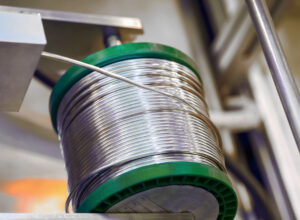
Nichrome Wire Safety: Top Tips for Working Safely
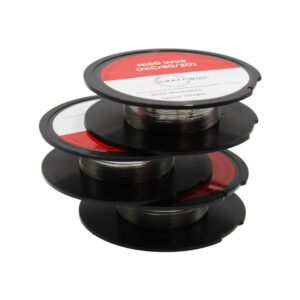
Best Wire for Electronics Projects
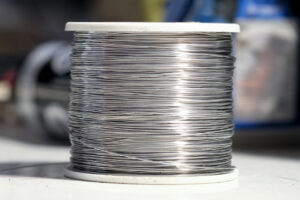
Is Ni80 Wire Suitable for DIY Heating Elements

Wire Grades Explained
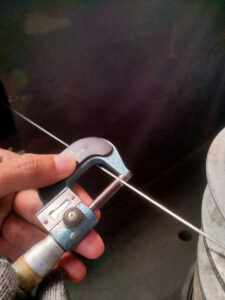
How Wire Diameter Affects Strength and Flexibility

How to Cut and Shape Wire for Custom Applications

Can Wire Be Used in 3D Printing?
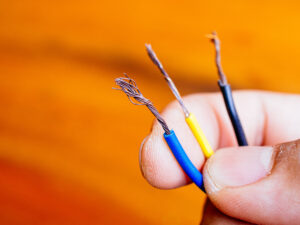
How Wire Composition Affects Conductivity
